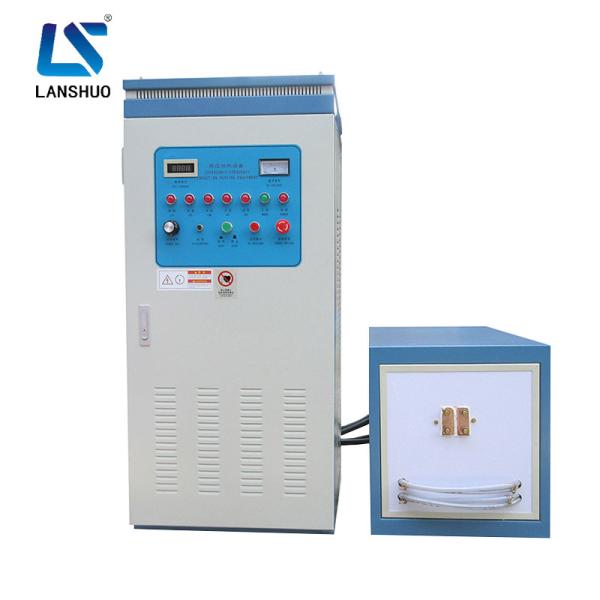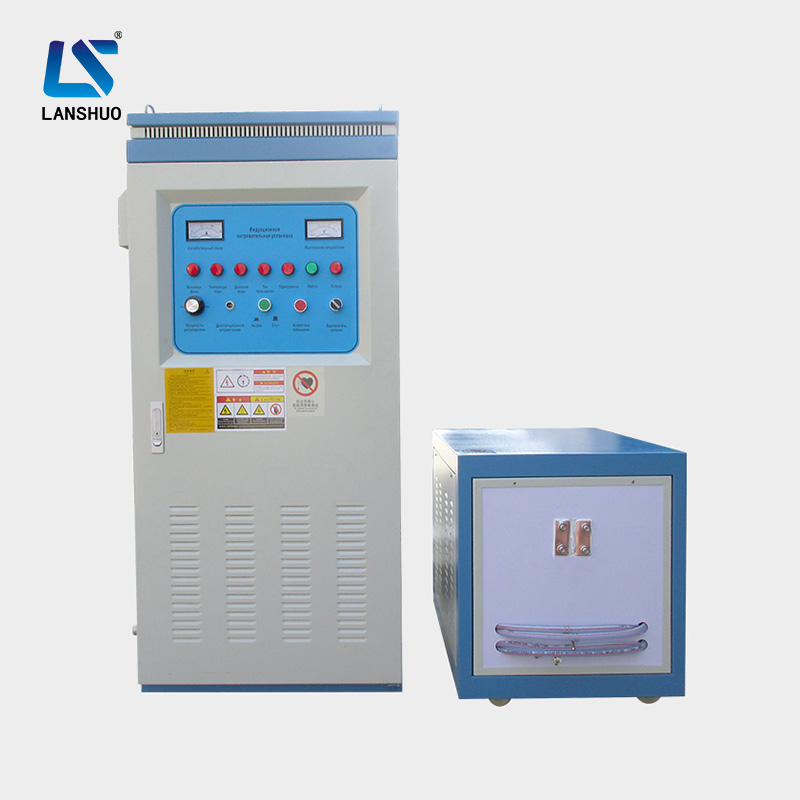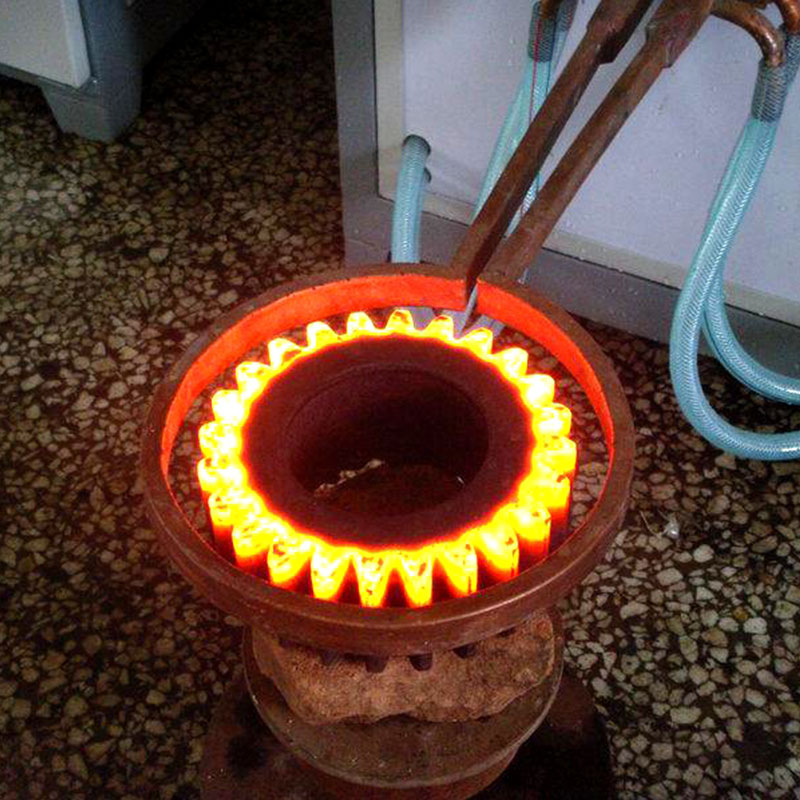Zhengzhou Lanshuo Electronics Co., Ltd is located in Zhengzhou
National High& New Technology and Industrial Development Zone. Our
mission is to provide customers the highest quality products to
gain the reputation by focusing on customer satisfaction.
15-year experience in the R&D, design, production of high
frequency and medium frequency induction heating machines. Products
have won great reputation among clients.
Our main products are High Frequency IGBT Induction Heating
Machine and Super Audio Induction Heating Machine, CNC Quenching
Machine Tool, Medium Frequency Induction Melting Furnace, KGPS
Medium Frequency Induction Melting Furnace, Open type Cooling
Tower, Closed Type Cooling Tower, Water Cooling Chiller, etc.
Our roducts' quality are reliable, the performance are
excellence. Our equipments are widely used in the industry of
melting, casting, forging, heating, heat preservation,hot rolling,
brazing, annealing, quenching, hot fitting, bending before heat
treatment etc.
We have exported to Pakistan, Egypt, India, Vietnam, Mexico,
Uganda, Ukraine, Serbia, Russia, Germany, Turkey, South Korea,
Malaysia, Philippines and other countries.
Welcome friends from all over the world to visit our factory and
give valuable advice.














